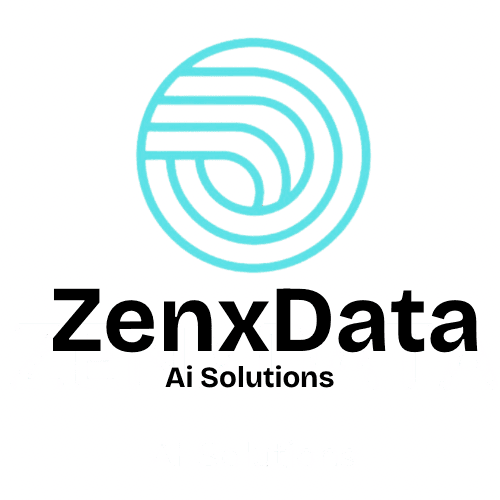The Role of Big Data Analysis in Advancing AI Models
Understanding Big Data and AI
In recent years, the convergence of big data and artificial intelligence (AI) has revolutionized various industries. The essence of this transformation lies in the sheer volume, variety, and velocity of data generated that can be analyzed to improve AI models. Big data analysis forms the backbone of AI, enhancing its ability to make intelligent decisions, predict outcomes, and automate processes.
Big data refers to the massive datasets that are too complex for traditional data-processing software. With the advancements in data storage and processing technologies, it is now possible to harness this data to train sophisticated AI models. This synergy between big data and AI is paving the way for unprecedented innovations across different sectors.

The Importance of Data Volume in AI
The success of AI models largely depends on the amount of data they are trained on. The more data available, the better these models can learn and generalize patterns. A significant role of big data analysis is to provide vast amounts of high-quality data that can train machine learning algorithms to perform complex tasks with greater accuracy.
For instance, in natural language processing (NLP), large datasets are essential for training models that understand and generate human language. Similarly, in computer vision, extensive image datasets are required to train models for tasks such as object recognition and facial recognition.
Data Variety Enhancing Model Robustness
Another critical aspect of big data is its variety. Data comes in various forms—structured, semi-structured, and unstructured. This diversity is crucial for building AI models that are robust and capable of handling different types of inputs. By analyzing a wide spectrum of data types, AI systems can achieve a higher level of understanding and adaptability.

Real-Time Data Processing and AI
Velocity, or the speed at which data is generated and processed, is another vital component of big data. Real-time data processing enables AI models to make timely decisions based on the most current information available. This capability is particularly valuable in sectors like finance, where rapid market changes necessitate immediate analysis and response.
Furthermore, real-time data processing supports the development of AI systems that can function autonomously in dynamic environments. Examples include autonomous vehicles that rely on real-time sensor data to navigate safely or smart manufacturing systems that optimize production processes on the fly.

Challenges in Big Data Analysis for AI
Despite its advantages, big data analysis for advancing AI models is not without challenges. One primary concern is ensuring data quality. Inaccurate or biased data can lead to flawed AI models. Therefore, implementing rigorous data cleansing and validation processes is essential to maintain data integrity.
Another challenge lies in the computational resources required to process and analyze large datasets. As the complexity of AI models increases, so does the demand for powerful hardware and efficient algorithms to handle the sheer volume of information.
The Future of Big Data and AI Collaboration
The future looks promising for the collaboration between big data and AI. As technologies continue to evolve, we can expect more sophisticated models that are capable of learning from even larger datasets with greater precision. Emerging trends such as edge computing are set to further enhance the efficiency of big data processing for AI applications.
Moreover, improvements in data privacy and security will address some of the existing challenges, ensuring that big data can be leveraged effectively without compromising individual or organizational confidentiality.

In conclusion, big data analysis plays an indispensable role in advancing AI models. By providing vast amounts of diverse and real-time data, it enhances the capabilities and potential applications of AI across numerous industries. As both fields continue to progress, their synergy promises to drive further innovation and transformation in our increasingly digital world.
